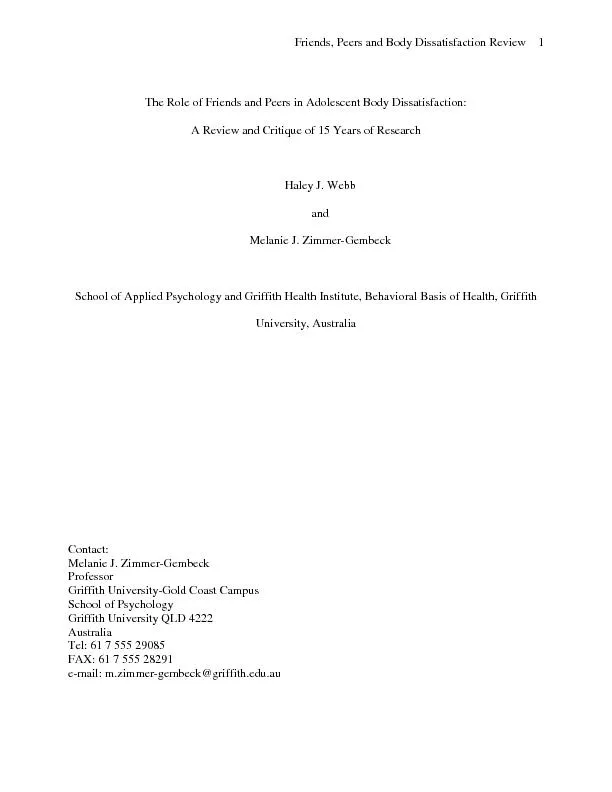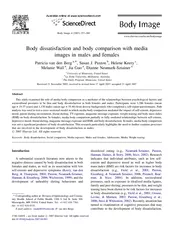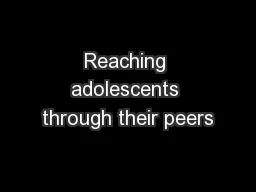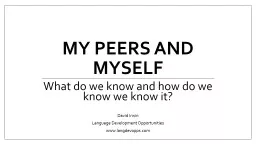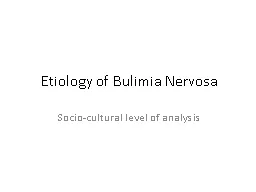PDF-Friends, Peers and Body Dissatisfaction Review
Author : olivia-moreira | Published Date : 2016-05-29
1 The Role of Friends and Peers in Adolescent Body Dissatisfaction A Review and Critique of 15 Years of Research Haley J Webb and Melanie J Zimmer Gembeck School
Presentation Embed Code
Download Presentation
Download Presentation The PPT/PDF document "Friends, Peers and Body Dissatisfaction ..." is the property of its rightful owner. Permission is granted to download and print the materials on this website for personal, non-commercial use only, and to display it on your personal computer provided you do not modify the materials and that you retain all copyright notices contained in the materials. By downloading content from our website, you accept the terms of this agreement.
Friends, Peers and Body Dissatisfaction Review: Transcript
Download Rules Of Document
"Friends, Peers and Body Dissatisfaction Review"The content belongs to its owner. You may download and print it for personal use, without modification, and keep all copyright notices. By downloading, you agree to these terms.
Related Documents

